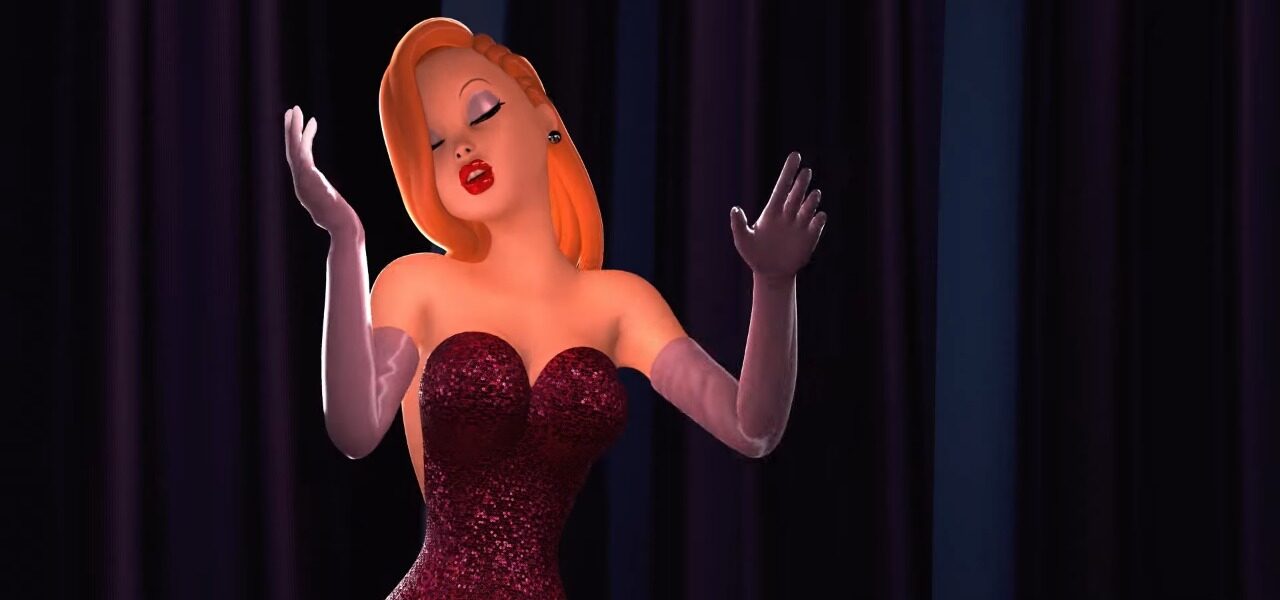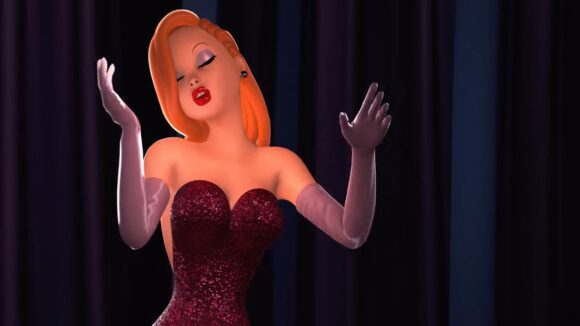

Re-Creating An Icon: Bringing Jessica Rabbit Into The Third Dimension With iClone
Last year, Reallusion announced the 2021 iClone Lip Sync Animation Contest to highlight and challenge talented 3d artists to present a dynamic 3d animation which showcased not just lip-sync animation, but also cohesive vocal and facial animation. These creations would have to incorporate all aspects of modeling, texture work, and animation in order to catch the eye of the judges.
The result was a bevy of incredible 3d animation and art pieces created with the help of Reallusion’s iClone program. Among the standouts was one piece which recaptured the alluring elegance of Who Framed Roger Rabbit‘s Jessica Rabbit. The 3d animation, created using the iClone pipeline, wowed the judges and earned artist Jasper Hesseling 2nd place in the competition.
Contest and Deadlines
Based in Utrecht, Netherlands, Hesseling, better known as ‘Mayonnaise,’ entered the iClone Lip-Sync Contest inspired by an iconic scene from one of his favorite films, Who Framed Roger Rabbit. An all-around 3d artist with years of experience in modeling, texturing, animation, and design, Hesseling is no stranger to the world of 3d art. With a two-week deadline, the veteran animator set out to use iClone to recapture the iconic image and animation of Jessica Rabbit.

Building the Legend
A daunting task for any artist, this project required a ground-up rebuild of the model, her body animations, as well as accurate lip-syncing and facial animation. Utilizing the numerous tools offered by the iClone suite, Jasper would hit the ground running and experience how quickly the 3D model and animations would come to life.
As with any 3d model project, the first step was to create the basic model itself. Using a mesh from CC3+ (Character Creator 3), Hesseling was able to quickly build and design the base model. One benefit of using CC3+ was that the model created could not only be easily sculpted and refined to be exactly what he needed, but it was already rigged for animation and could be implemented with ARKit. This cut down significantly on the amount of time needed as the rigging was already done, and allowed Hesseling to focus on the model, creating the necessary details to match the character’s well-established look.

With the model done, it was time to define her hair and begin facial details. Much of this was made easy using iClone’s fluid pipeline, as it integrates seamlessly with ZBrush’s real-time hair sculpting tools. With a load of presets and infinite ways to begin molding and modifying them to fit his needs, Hesseling was able to not only recreate the look, but have the animation set and squared to his liking. This removed much of the headache that can come from modeling hair for animated characters.

One of the most memorable pieces of the Jessica Rabbit character is her unforgettable red dress. With the many difficulties that can arise from using even prebuilt clothes, the task of creating custom cloth with physics that can be tailored for Jessica’s figure proved quite a challenge. With the versatility offered by iClone, Hesseling was able to seamlessly utilize Character Creator, Zbrush, Substance Painter, and Cinema 4D to begin bringing to life. Hesseling started by exporting the model to Cinema 4D and creating and designing the cloth.
He then moved the model back into iClone and used its built in physics behavior to implement weight maps and collision meshes for the model and her clothes. He was also able to utilize Substance Painter’s real-time texturing tools to ensure that the dress looked perfect alongside the model. From one program to another, Hesseling was able to create a dynamic model, fully rigged and ready to be animated with full physics, which could be imported for post-production.

Breathing Life into the Model
As the two-week deadline approached, Hesseling moved on to the final step of the pipeline, animation. Traditionally this would be an incredibly time-consuming task if using the wrong tools, as each keyframe and rigging point must be painstakingly managed, not to mention the facial animation and the lip-syncing. However, iClone’s versatility streamlined and cut down on the tedium with quality of life tools that made the process as painless as possible.

“iClone was really nice to work with because it automates so much and just in the right way so you don’t lose control.” – Jasper Hesseling
Using the lip-syncing software available within iClone, Hesseling was able to automate much of the process and focus on fine-tuning smaller details of facial animation. Even without a clean audio track to import for the program to use, Hesseling was able to fine-tune the automated lip-sync to match exactly what he needed, and then detail the facial animation to match his vision. All of this was also made easier with iClone’s real-time animation previews that allowed him to make on the fly adjustments to every aspect of the model’s animation.

With those steps wrapped up, all that was left was a fast iClone rendering export into Adobe After Effects, where Hesseling dubbed the soundtrack, added lighting effects, and put the final touches on the scene.
The Man Behind the Rabbit
“I had a blast working on this piece with the lip-sync tools in iClone. I have still much to discover but I’ve already learned a lot.” – Jasper Hesseling

Having finished second in the iClone Lip Sync Animation Contest, the results of Hesseling’s effort speak for itself in an incredible recreation of Jessica Rabbit’s song and dance number that not only demonstrates his own expertise, but the fluidity and flexibility of the programs he used. This was a project that truly demonstrated the ability of the artist.
Follow Hesseling’s work:
Learn more about Character Creator and iClone, and be on the lookout for Hesseling’s future work as he continues his exploration of the realm of 3d animation. With exciting new projects, including the digital recreation of Keith Whitfield of the University of Nevada, Hesseling’s future in the world of 3d animation looks likely to make a major impact.

